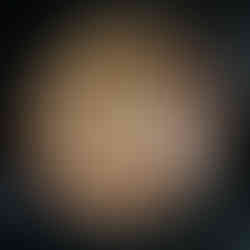Some Box Elder Bowls (additions made on 9/13/21)
- Lou Pignolet
- Jul 26, 2021
- 2 min read
Updated: Sep 13, 2021
A customer in St Paul (MN) commissioned me to make bowls from a large box elder tree that grew very close her home. I selected what looked like an interesting part of the tree to use for the bowls. Here are a few images of the tree and the selection I made to be used by the arborist who agreed to save a part of the tree. I chose this part of the tree since it looked gnarly with lots of possibilities for interesting bowls. It was also large enough to give a lot of options.
This part of the tree was cut and saved for me. It was stored under a tarp in the yard. I finally arranged to visit the site (300 miles from my home) and cut up the large piece (about 6 ft long) for bowls. It had been stored for about 6 months. The images below show the piece and the start of the cutting process. I fortunately had help from a good wood turning friend since this turned out to be a big job, especially since it was hot (95 deg) and very humid. The tree had a lot of decay and a nest of centipedes. We loaded large pieces with as much solid wood as possible into my truck. I managed to get four good sized and interesting bowls. Due to the decay it was not possible to get additional bowls from the wood. The following images show the details of the cutting.
The first two images are of bowl 1(9.5 diameter, 8" high), the next two of bowl 2 (10.75" diameter, 6.5" high), the next three are bowl 3 (9.5" diameter, 8" high), the next two images are of bowl 4 (9" diameter, 7" high), and the last image shows all 4 bowls. This wood had a lot of decay and insect holes making it difficult to cut useable pieces for bowls. The cambium layer just below the bark was also soft and needed to be hardened repeatedly during turning. The wood was nicely colored with box elder red which is made by the tree as a response to stress. Some of the red color could also come from fungus. This large tree was clearly stressed from insects and shake. The shapes of these bowls was mostly dictated by the shape/size and integrity of the piece of wood, but I also carved the bowls to best show the figuring and colors. There is a lot of curl that gives the chatoyance effect in many of the light areas. These will show up and pop out when dry/sanded/oiled in a few months.
Progress update: Bowls are dry and being sanded to 400 grit and oiled with pure tung oil followed by a thin coat of beeswax in walnut oil. The following images are of the four completed bowls. These bowls were challenging due to decay and soft areas near the bark, requiring copious amounts of cyanoacrylate resin and dark wood dust to stabilize the soft areas and fill small holes. I am very happy with the final results.































































Comments